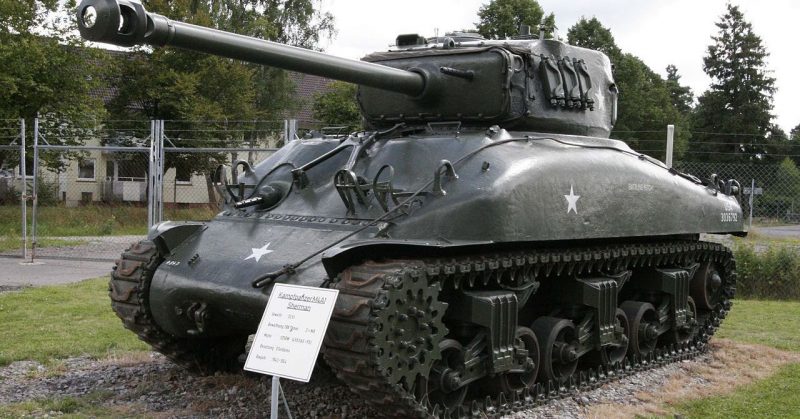Strength in numbers. This is exactly what the M-4 Sherman tank was good at in its heyday. World War II saw the rise of the use of airplanes, more advanced motorized vehicles and bigger and better tanks. Tanks had long been around, seeing their first combat in World War I, but WWII saw a drastic increase in use. The United States toyed with several tanks before the M-4 Sherman series, but none was quite as particularly effective as the Sherman tank, which performed best in numbers.
If not in a group, Shermans could easily be a death trap. Due to early design flaws, the tanks developed nicknames like “The Burning Grave” and “Tommy Cooker,” which were based around the idea that if the tanks were to suffer a direct hit, they would light up in flames. When traveling in groups, however, Shermans were highly effective. Get one by itself, though, and you could have a situation like the 2014 film Fury. Though the tanks suffered some early design flaws like these, they were mechanically reliable, as well as effective. This is why it was one of the prime weaponry workhorses for the United States during the war, and is also why it is arguably the most important tank series of World War II.
Production
Early in its design, the M-4 tank came with a 75mm gun; this gun eventually proved to be ineffective, and as the designed evolved, major changes occurred. By the end of the war, the tanks came with a 76 mm gun that could fire a 15-pound shell over 2,500 feet a second. The Shermans also came equipped with a .50 caliber machine gun and two smaller .30 caliber guns. Sherman tanks could also be equipped with a flame-throwing main gun; these were particularly useful for the United States in the Pacific Theatre when trying to overtake heavily fortified structures.
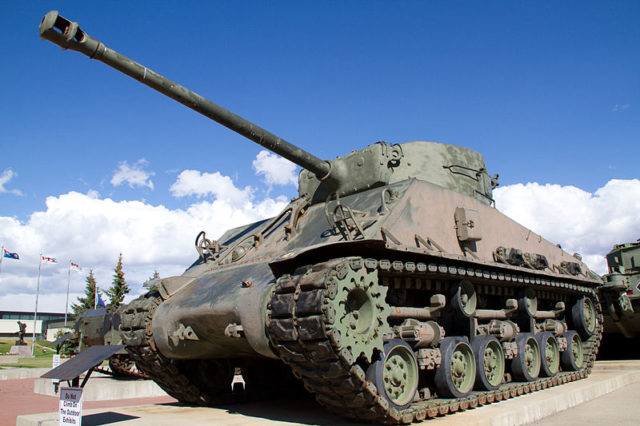
The M-4 was the second most popular tank in World War II, due in large part to its reliability. Somewhere between 40,000 to 50,000 of these tanks were produced by the United States, with manufacturers of the tank including Ford Motor Company, Detroit Tank Arsenal (a subsidiary of Chrysler) and Fisher Tank Arsenal (in fact, the factory for these tanks would go on to become a body plant for General Motors). These tanks came at a price tag of $33,000, which is equivalent to $550,000 USD in today’s money.
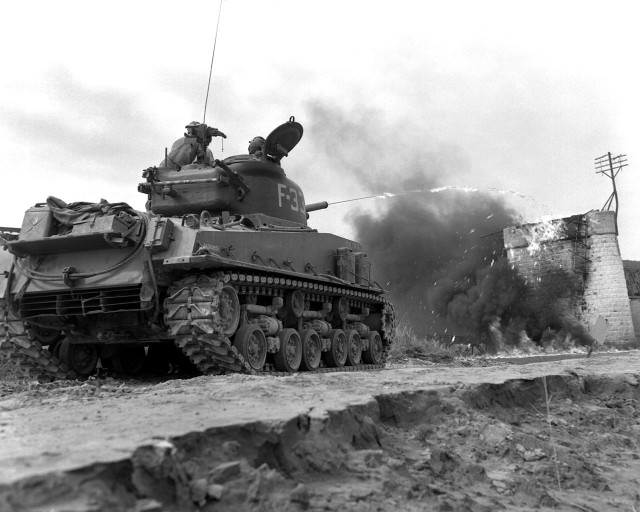
Production began in 1941, and the tank would see its first action in 1942. The tanks weighed about 60,000 pounds each, had a max speed of 30 miles per hour and could travel as far as 120 miles. Originally, the tanks came equipped with a nine cylinder engine capable of producing 400 horsepower. Towards the end of the war, the tanks would be outfitted with a 30 cylinder engine. It could produce 470 horsepower but unfortunately ran at only 1.4 miles per gallon. Sherman Tanks could hold up to five men; these included a gunner, driver, co-driver, loader and a commander.
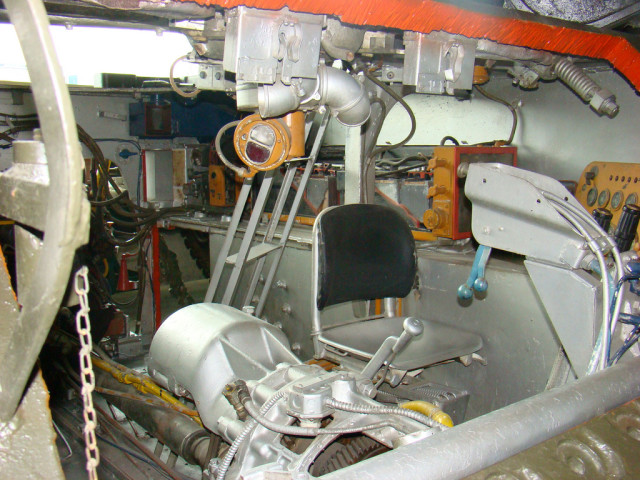
Armor
The Sherman tanks may be most famous for their design in which the front of the tank slopes down at a 56-degree angle. Shermans, in general, had anywhere from 2-3 inches of armor around the body. The roof was lighter, with some variations having as little as .98 inches of armor there. Guns also had armor protecting them as well, with the main gun having between 1.97 inches to 2.52 inches of armor, depending on the exact model of tank.
The M4A3E2 Sherman Jumbo was the most overall well-protected, with over 4 inches of armor protecting its body. This design had a 47-inch slope, which resulted in that part of the tank having up to 8 inches of armor. Because of the added weight, this model only had a max speed of 22 miles per hour.
Research done on the M-4 Sherman tanks found that for every 1.89 shell penetrations to a tank, the tank would catch fire 82 percent of the time. Much of this could be attributed to ammunition fires. The resolution to this was to place the ammunition in a “wet storage,” which essentially places the ammunition around water pockets. This proved effective, reducing the likelihood of a fire after being hit to just around 15 percent, while “dry storage” resulted in a fire after being penetrated, about 60 to 80 percent of the time.
Worldwide Use
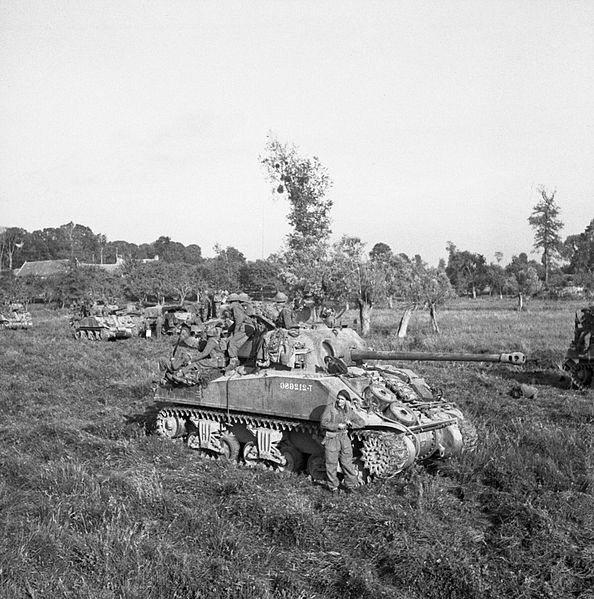
The Sherman tank series would be the only produced tanks to see each and every theater. The United States deployed the tanks everywhere and sold these tanks to other countries. Sherman tanks were given (on lease) to Britain, who received over 17,000 of the tanks, as well as France and the Soviet Union, who received 657 tanks and 4,035 tanks, respectively. Fifty-seven tanks were delivered to various other countries, with the remaining tanks being allocated to the United States military.
Sherman tanks saw American use after World War II, with Shermans being used by the United States in the Korean War. Aside from that, other uses included the Israelis who utilized the Shermans in the Six Day War in 1967 as well as the Yom Kippur War in 1973.
Ahead of Their Time
Sherman tanks were equipped with advanced equipment. The M4-Sherman was one of the first tanks to use a gyroscopic stabilizer on its main gun. This allowed for incredible accuracy, for the time. The stabilizer would allow the gun to be in motion, as much as 15 miles per hour, and keep the main gun incredibly accurate. Tanks had a 70 percent chance of hitting their targets within 300 to 1,200 yards. The tanks also featured a 360-degree turret, which would be cranked with electric power, or by hand. It took about 15 seconds to rotate the turret 36o degrees.
The exact number of Sherman tanks that survived the war is not known, though, some estimates peg the number of tanks at around 9,500. Today, you can find Sherman tanks in museums, but not all Shermans are out of service. Some countries still use them, such as Paraguay, which has ten in active service for training, as well as five that are in storage.
